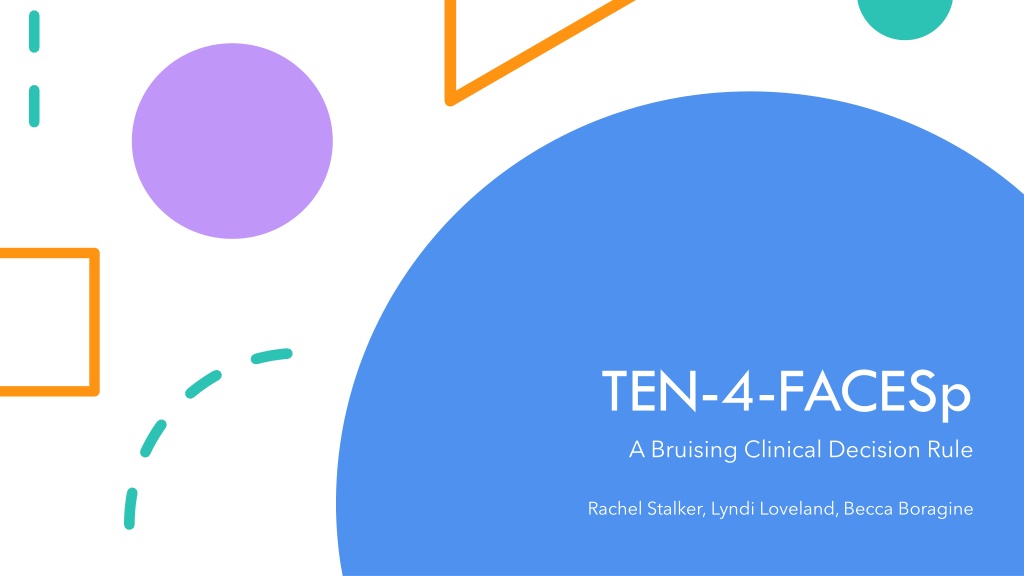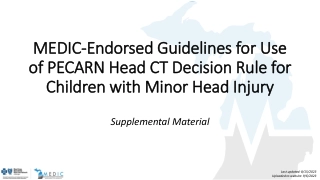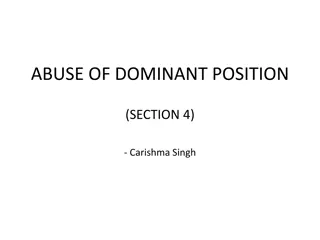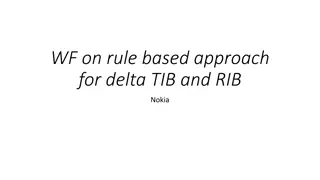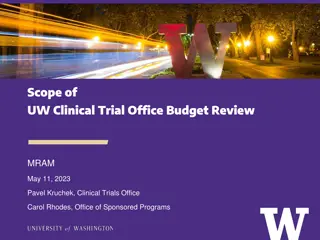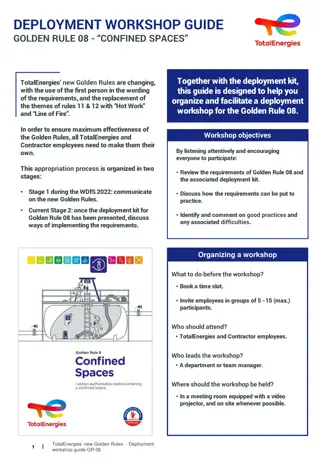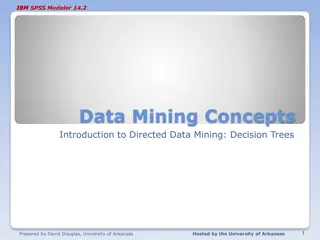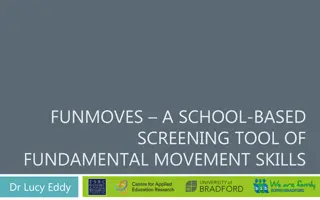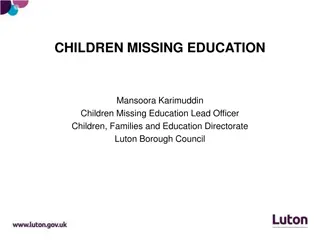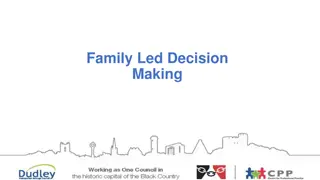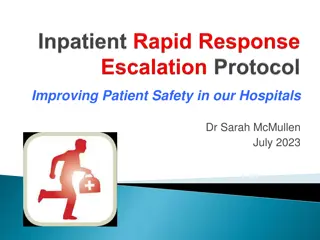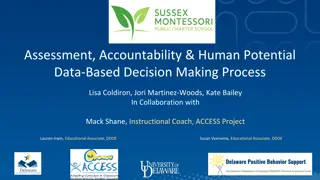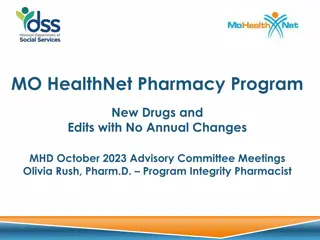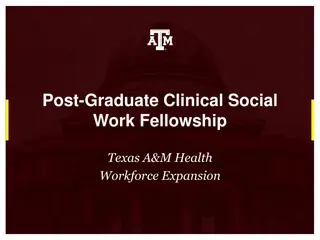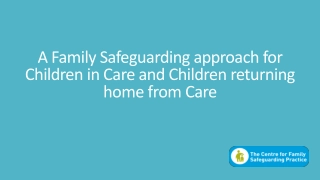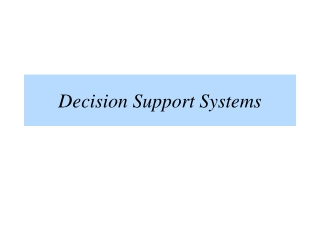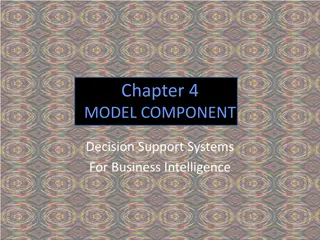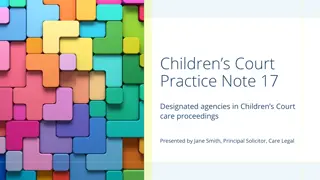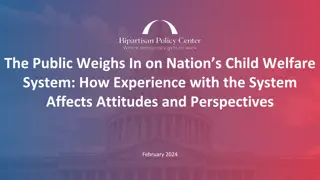Identifying Abusive Bruises in Children: The TEN-4-FACESp Clinical Decision Rule
Evidence-based screening tool TEN-4-FACESp helps healthcare professionals identify abusive injuries in children by recognizing specific patterns of bruising, especially in sensitive areas like the torso, ears, neck, and eyelids. It highlights the importance of reporting suspicious bruises, provides examples of concerning bruising patterns, and emphasizes the responsibility of healthcare workers as mandatory reporters in protecting children from maltreatment. If in doubt, it is encouraged to report suspected abuse promptly to the appropriate authorities.
Download Presentation
Please find below an Image/Link to download the presentation.
The content on the website is provided AS IS for your information and personal use only. It may not be sold, licensed, or shared on other websites without obtaining consent from the author. Download presentation by click this link. If you encounter any issues during the download, it is possible that the publisher has removed the file from their server.
Presentation Transcript
TEN-4-FACESp A Bruising Clinical Decision Rule Rachel Stalker, Lyndi Loveland, Becca Boragine
The Problem Were Facing In 2021, Idaho had 2,268 child maltreatment victims- 3 of which were child fatalities 25.2% of these children were less than 1 year of age 54.9% of these children were Caucasian 42% of maltreatment cases were known to a medical provider, but children were not protected from future harm 2
Evidence shows considerable differences between abusive and non-abusive bruises Failure to recognize abusive bruising is a medical decision- making error causing poor patient outcomes TEN-4 FACESp is an evidence- based screening tool to help healthcare professionals identify abusive injuries in children A Potential Solution 3
TEN-4-FACESp Bruising Rule Consider abuse if: Bruising is within the regions of Torso Ears Neck Frenulum Angle of Jaw Cheeks (fleshy part) Eyelids Subconjunctivae Infant is 4 months or younger Bruising is patterned 4
Examples of Suspicious Bruising Torso Ear Frenulum Subconjunctivae 5
Who and when to recognize bruises Just because a family doesn t seem suspicious, doesn t mean a suspicious bruise should not be reported. All personnel in direct contact with the patient should be looking out for bruising. The best time to notice bruising is when getting a height and weight. 6
-All Healthcare workers are mandatory reporters! -Call Idaho Child Health and Welfare Statewide: 855-552-KIDS (5437) Treasure Valley: 208-334-KIDS (5437) -It is OKAY to report abuse if you are not 100% sure. Let law enforcement and Idaho Health decide what is enough to respond or not. -Make reports within 24 hours of suspected abuse How to report suspected abuse in Idaho 7
-Child and family names, address, and phone number -Current location of the child and if they are in immediate danger -Description of any injury to the child and when and where the incident occurred -Names of people who may also have information -Explanation of your concerns regarding the child s safety -Any additional information you have that may be helpful -Your name, address, phone number, and relationship to the child What should your Report contain? 8
References: Bureau, C. (2022). Idaho. https://cwoutcomes.acf.hhs.gov/cwodatasite/pdf/idaho.html#footnote1 Face It. (n.d.). Child abuse prevention toolkit for health professionals - face it. Face It; A Movement to End Child Abuse. https://faceitabuse.org/wp-content/uploads/2021/09/Face-It-Toolkit-for-Health- Professionals.pdf Pierce, M. C., Kaczor, K., Lorenz, D. J., Bertocci, G., Fingarson, A. K., Makoroff, K., Berger, R. P., Bennett, B., Magana, J., Staley, S., Ramaiah, V., Fortin, K., Currie, M., Herman, B. E., Herr, S., Hymel, K. P., Jenny, C., Sheehan, K., Zuckerbraun, N., Leventhal, J. M. (2021). Validation of a clinical decision rule to predict abuse in young children based on bruising characteristics. JAMA Network Open, 4(4). https://doi.org/10.1001/jamanetworkopen.2021.5832 9
